According to the UN Food and Agriculture Organization (FAO) in 2018 agriculture corresponded to 4.8 billion ha of the global land area, which is approximately half of the world’s habitable land. At the current rate of population expansion, agricultural production is expected to grow not only in area but also in yield, making nutrient availability essential. However, the use of chloride in modern agriculture points us in the opposite direction from sustainable practices, as this ion hinders soil health and our efforts to reverse the climate crisis.
To tackle the yield issue at hand, the application of replacement nutrients through fertilizers has become a widespread practice in food production. Potassium (K) is a fundamental macronutrient for plant development; therefore, making it one of the most sought-after fertilizers. Amongst potassium fertilizers, potassium chloride (KCl) is the most widely used in agriculture since it contains the highest concentrations of K. The main problem with KCl is that it also presents high concentrations of chloride (Clˉ), which can damage soil microorganisms and plants.
Excessive ion availability increases soil salinity, resulting in water stress in plants and physiological modification in soil organisms. Although considered a micronutrient required by plants, high concentrations of chloride can negatively affect plant development due to its high toxicity. Since this harms their growth and nutrient uptake, crop productivity is, in turn, jeopardized.
Chloride has a biocidal effect on soil, disrupting organisms’ vital activities and having negative effects on their growth, mortality, and reproduction. Using 1 kg of potassium chloride is equivalent to the application of 8 liters of Clorox ® bleach in the soil (or 1 lb of KCl equals 1 gallon of Clorox®). Because of its biocidal effect, Cl⁻ can cause loss of soil biodiversity, which is responsible for several ecosystem services, including soil carbon sequestration and the mitigation of greenhouse gas (GHG) emissions in agriculture.
In addition, to jeopardizing soil biodiversity, increased salinity due to KCl use can cause soil organic carbon loss, posing another threat to the soil’s ability to regulate climate. Soil organic carbon (SOC) is a major constituent of soil organic matter, and studies show that greater stocks of soil organic carbon, means greater soil biodiversity and soil carbon sequestration, while the loss of SOC results in CO2 emission. Consequently, the loss of soil organic carbon can set us back in our efforts against the rising climate.
It is very important to understand that healthy soil can lead to a healthy world. Besides improving plant nutrition, biodiverse soils can be a sink for greenhouse gases, in fact, a study showed that biodiverse soils can capture up to 50 times more carbon than a low-biodiversity soil. This goes to show the crucial role of soil biodiversity and soil health for the future of humankind. Therefore, we need to be careful with what we expose our precious soil to.
“Chemical fertilizers mask the problem of degraded soils” Ray Archuleta, Netflix Documentary Kiss the Ground.
The more you use chemical fertilizers, the more you need them. Contrary to the claims made by modern agriculture, we do not need fertilizers like KCl to increase crop productivity. Instead, if we use natural, chloride-free fertilizers and take care of the soil and its organisms, they will do their job: generating healthy soil, providing the necessary nutrients for plants, and helping us in our efforts to fight climate change.
For the reasons above, the Chloride Free Foundation is trying to raise awareness about the importance of soil biodiversity and the impacts chloride can have on the soil ecosystem. Therefore, by certifying chloride-free products, we expect to encourage farmers to adopt a more sustainable way of farming.
A balance between food production and environmental preservation needs to be found if we want to create a better future for people and the planet. Adding chemicals to food crops is not the right step towards improving the world’s food security.
In fact, in the long run, it will only cause more land degradation, further jeopardize soil fertility and negatively affect the ecosystem services provided by soil organisms. The transition to sustainable agricultural practices is long overdue and the use of chloride-free fertilizers is already a viable alternative to achieve this goal. Once we realize the importance of soil biodiversity, it becomes clear as to why we should all care about the vast ecosystem beneath our feet.
Below there are some other articles that you might be interested in:
- Organic Fertilizers: The Best Alternative to Chloride Containing Fertilizers
- Soil Biodiversity and Human Health
- Soil Salinization: a Growing Threat to Our Natural Resources

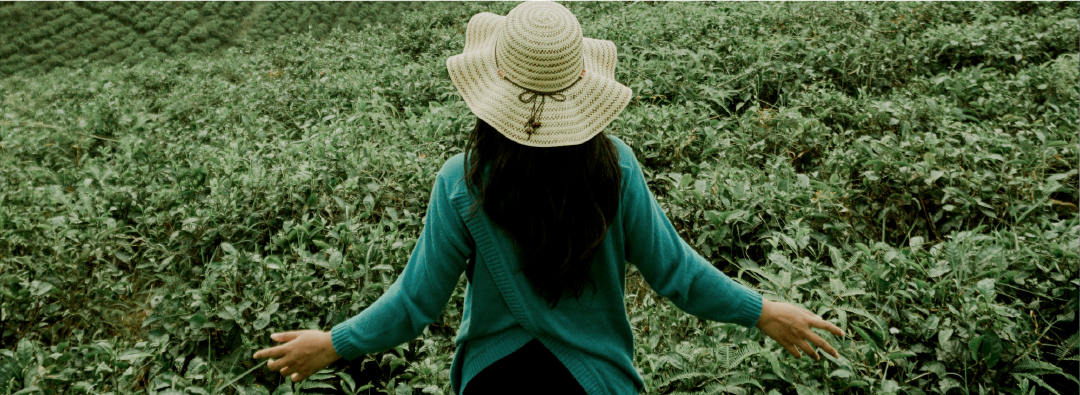

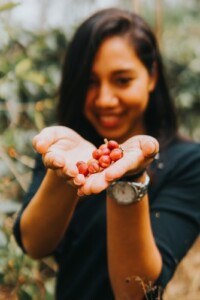
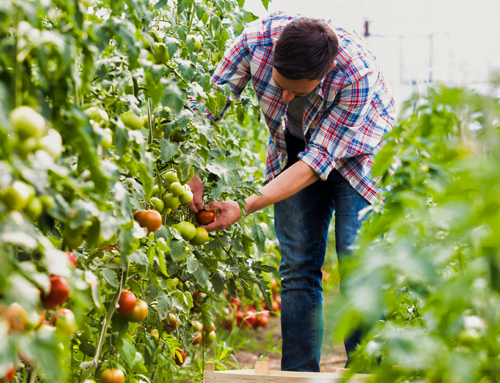
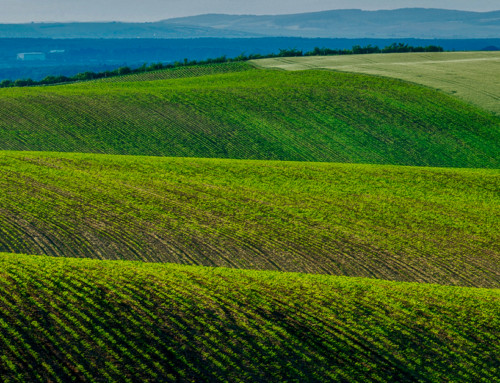
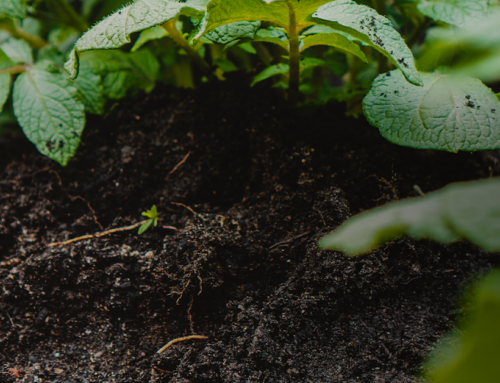
Leave A Comment